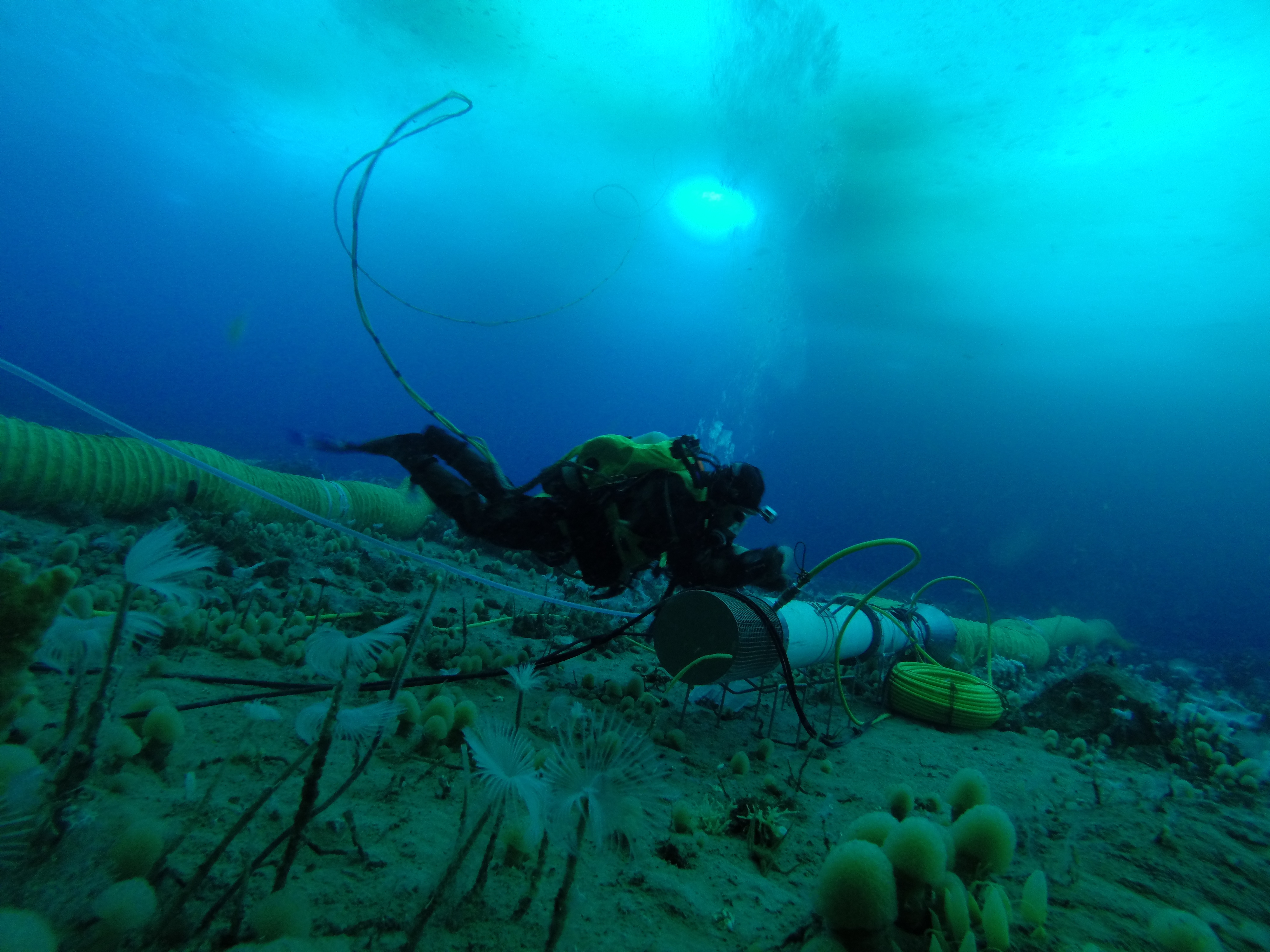Media release
From:
*Briefing recording now available - see link below*
First it was ocean warming and extreme marine heatwaves. Now, in a comparatively new field of science, ocean acidification is fast becoming a new burden for our seas to withstand. This has led to globally detectable changes in the chemistry of the seawater, which will persist for many millennia.
Historically, the ocean has absorbed approximately 30% of all CO2 released into the atmosphere by humans since the start of the industrial revolution. In this way the ocean has played a critical role in slowing the rate of global warming. But the downstream effect is to reduce the ability of shellfish, corals and other marine organisms to grow, reproduce and build their shells and skeletons. Ocean acidification is likely to impact the entire marine ecosystem – from microbial communities to top predators – through changes in reproductive health, organism growth and physiology, species composition and distributions, food web structure, and nutrient availability.
In little more than a decade, scientists around the world have generated a picture of impacts, suggesting that ocean acidification has the potential to impact the entire marine ecosystem, from the bottom to the top of the food chain. It has the potential to impact the key ecosystem services that the ocean provides, such as food security. Overall, the economic impact of ocean acidification could be substantial. To better observe and monitor these changes a global monitoring network has been set in place. Recent work by scientist in the Australian region has taken the critical first steps towards mapping and projecting these ocean chemistry changes.
How much the ocean continues to change in the future will depend on the atmospheric CO2 levels and therefore reducing CO2 emissions is the pathway to minimising long-term changes. At the same time scientists are also exploring techniques to stablise or reverse the changes in coastal and open oceans.
From May 3-6, Hobart will host the 4th international Oceans in a High CO2 World. The symposium is the premier ocean acidification meeting held only every four years, and will be heading to the Southern Hemisphere for the first time next week. Join us as three speakers from the symposium take us through the latest research.
The briefing will discuss the following issues:
- The past and future changes in Australia’s oceans and adjoining seas
- The potential impacts on Australian and international marine ecosystems
- The current impacts on US coastal fisheries
- How will this impact shellfish and commercial important shellfish industries in the future.
- How do we monitor changes in ocean chemistry? How accurate is the data?
- What can we do about ocean acidification?
Speakers:
- Dr Andrew Lenton, Senior Research Scientist, Oceans and Atmosphere, CSIRO
- Associate Professor Catriona Hurd, Marine biologist, University of Tasmania’s Institute for Marine and Antarctic Studies
- Dr Richard A Feely, Senior Scientist, US National Oceanic and Atmospheric Administration, Pacific Marine Environmental Laboratory, USA
Date: Monday 2 May 2016
Start Time: 10:00am AEST
Duration: 35 mins
Venue: Online
The AusSMC generally runs two different types of media briefings:
NEWS BRIEFINGS – Where new research or data will be released as part of the briefing
BACKGROUND BRIEFINGS – Where experts discuss an issue which is in the news or an issue we consider newsworthy, but no new research or data is being released



 Australia; TAS
Australia; TAS



